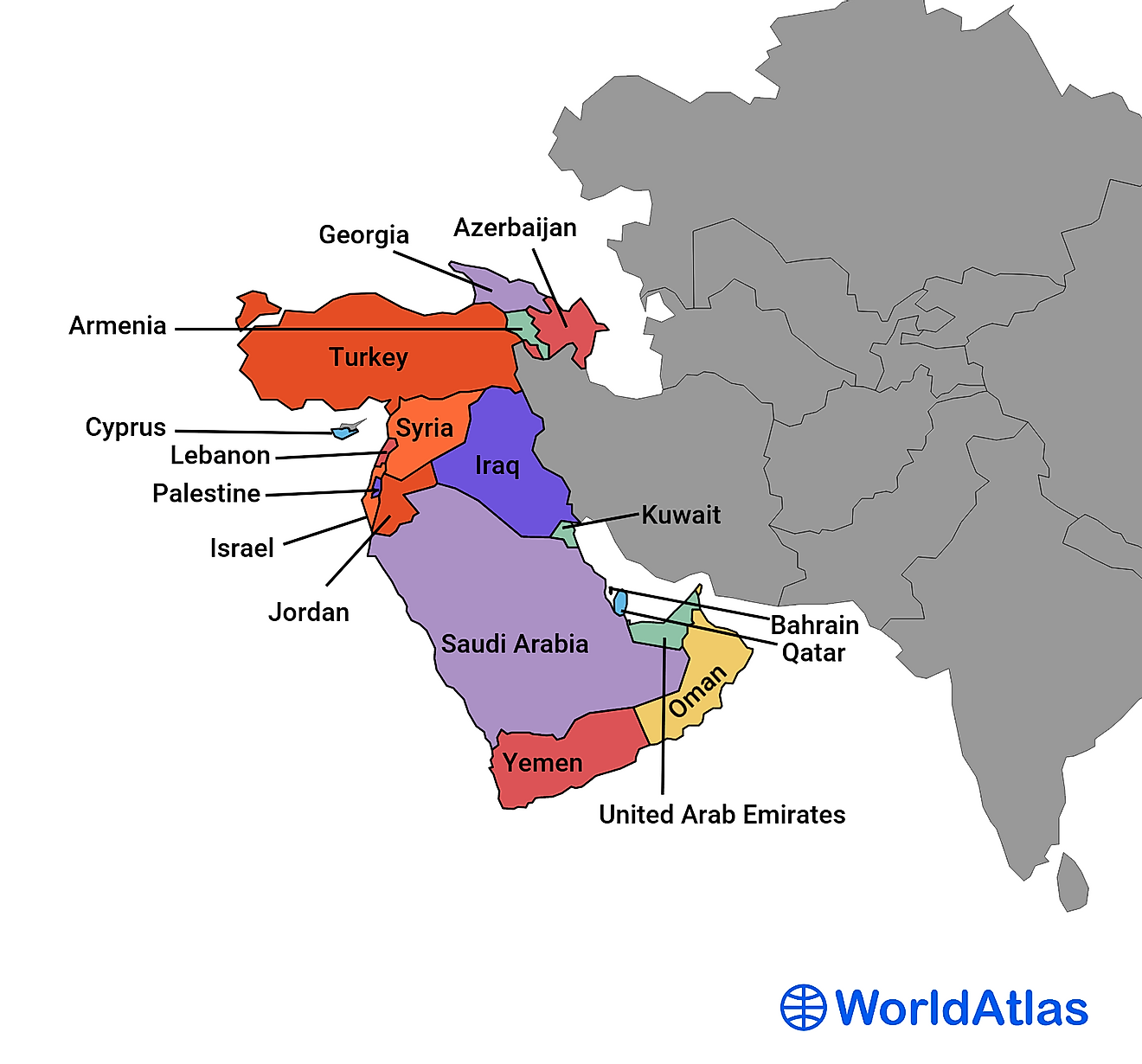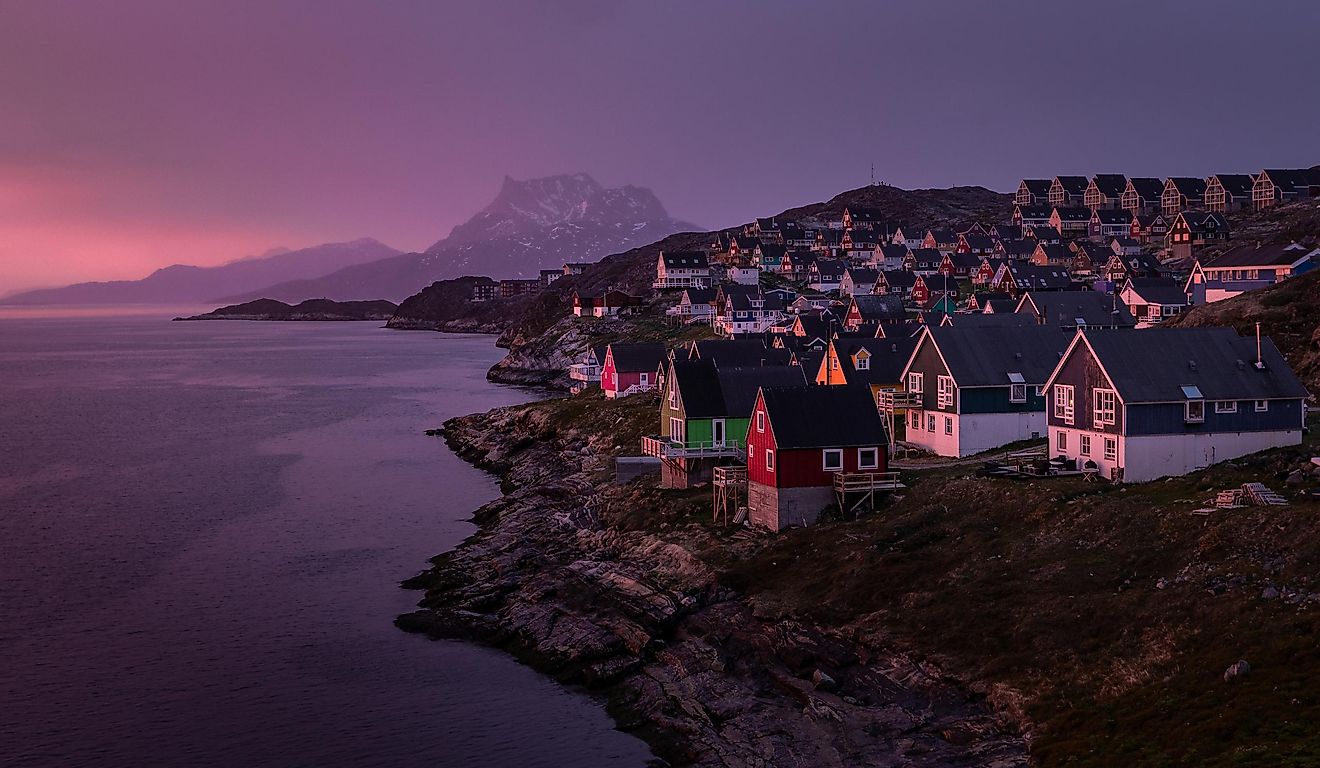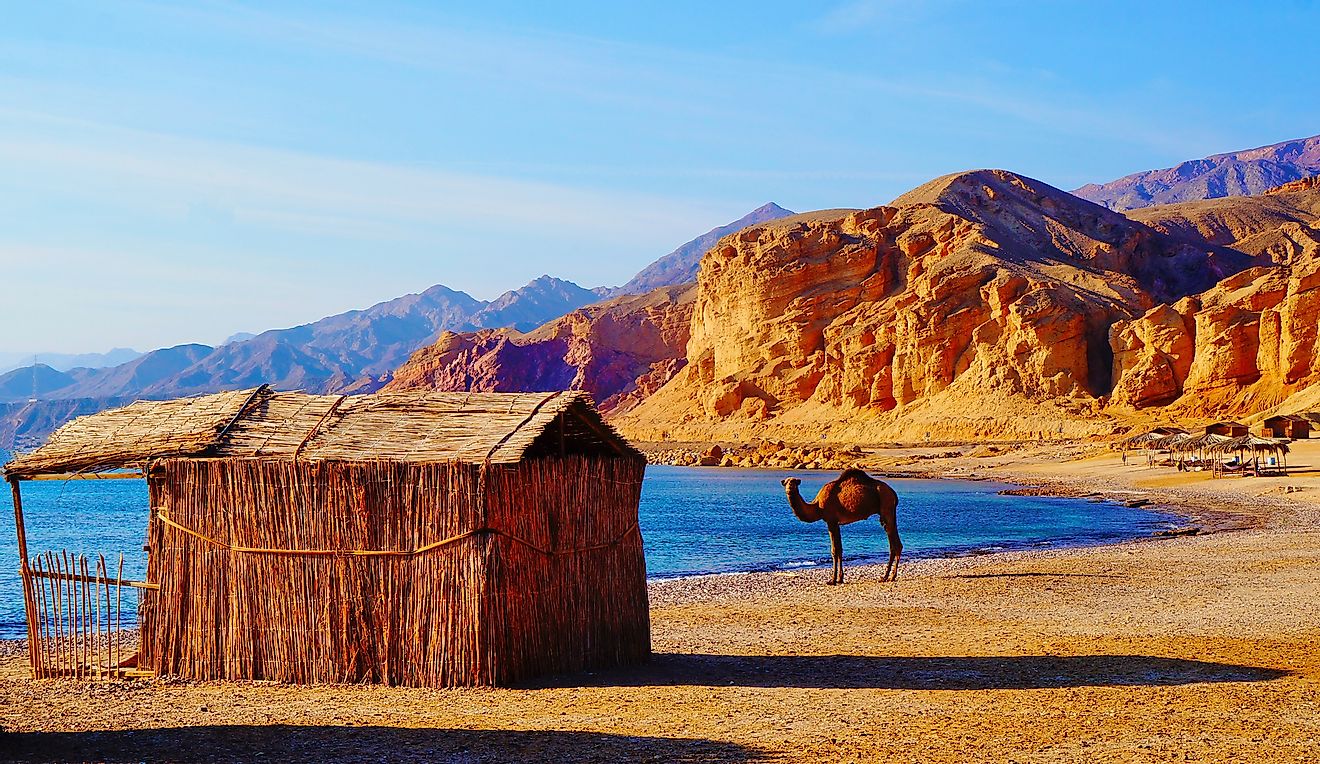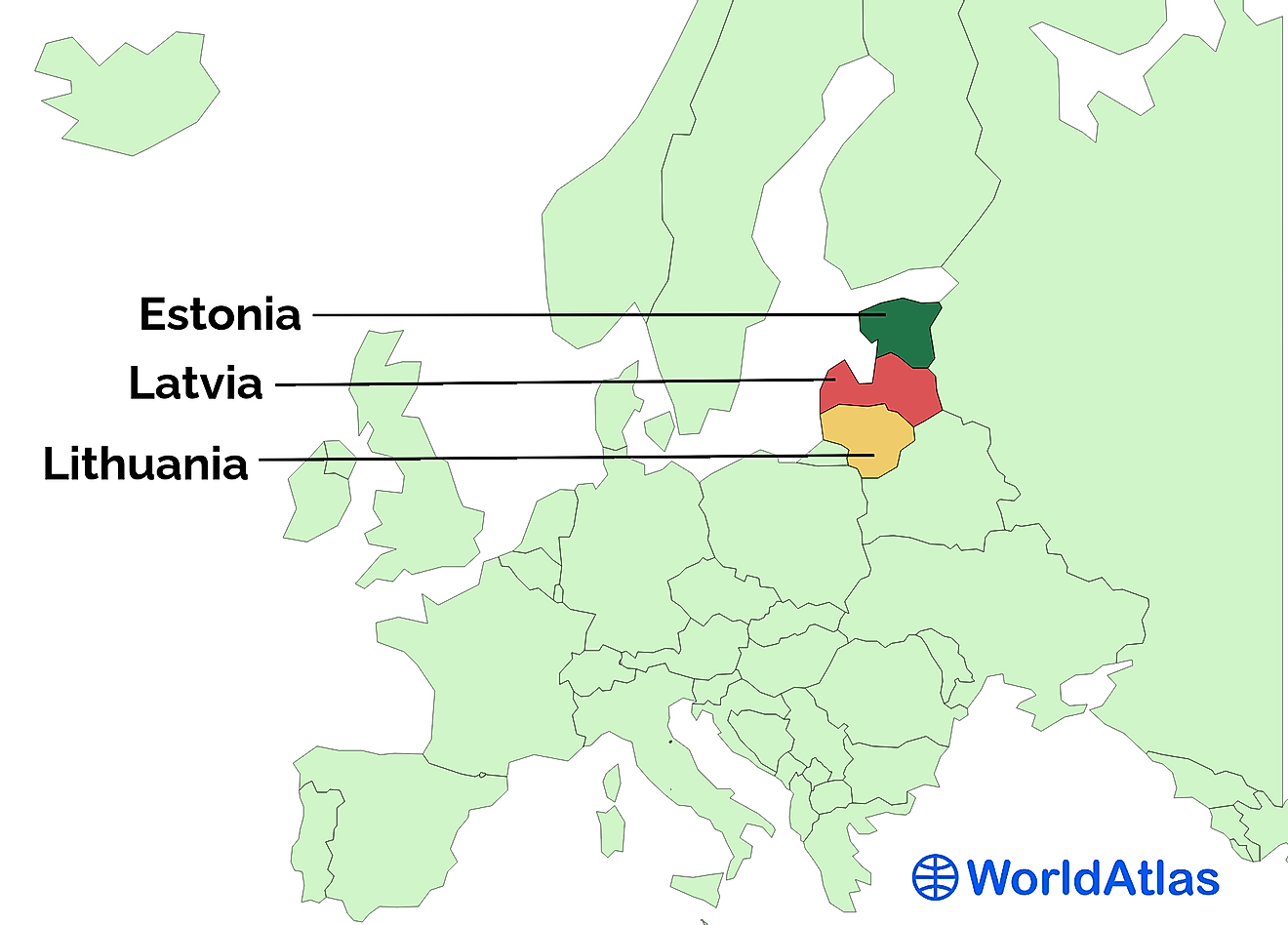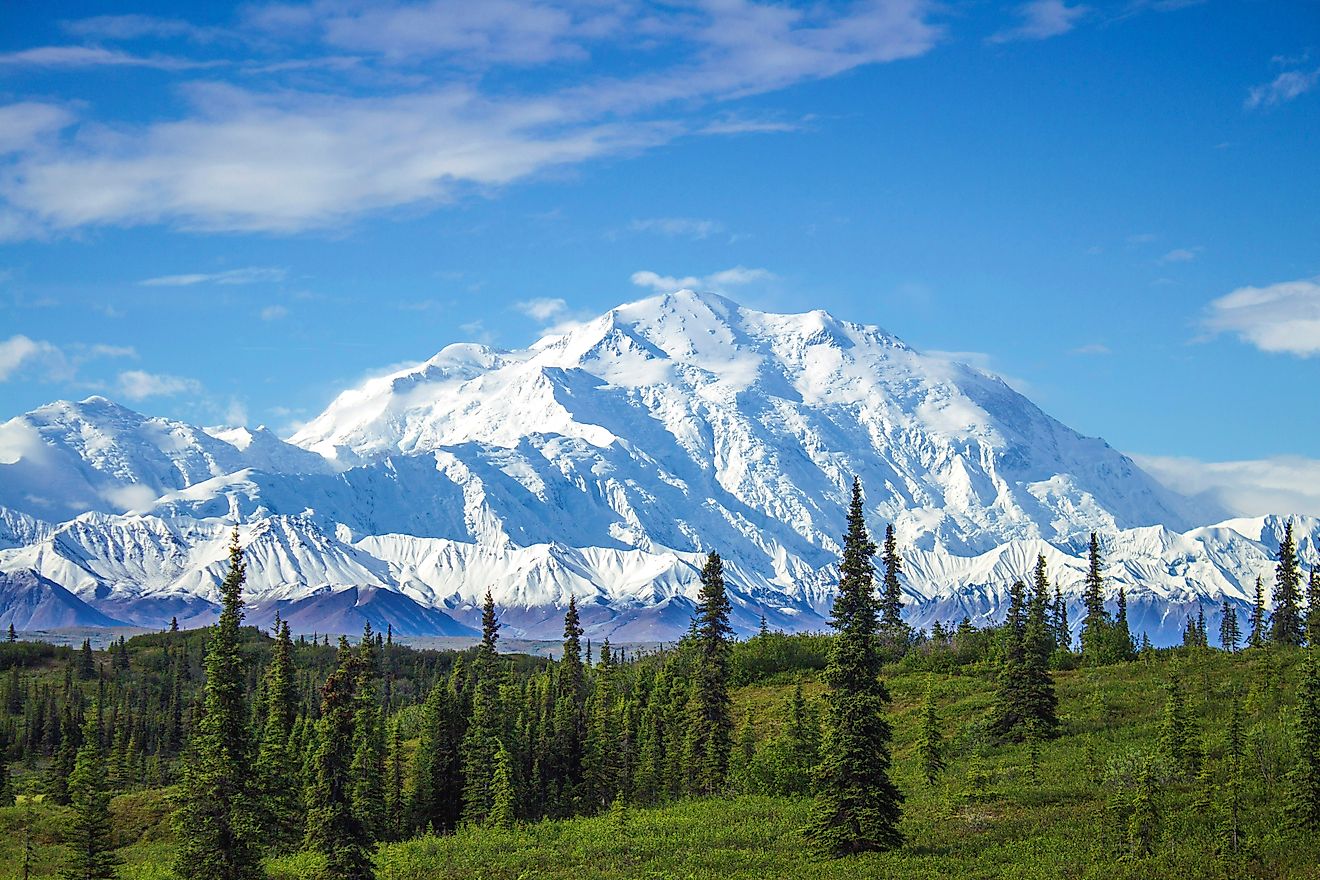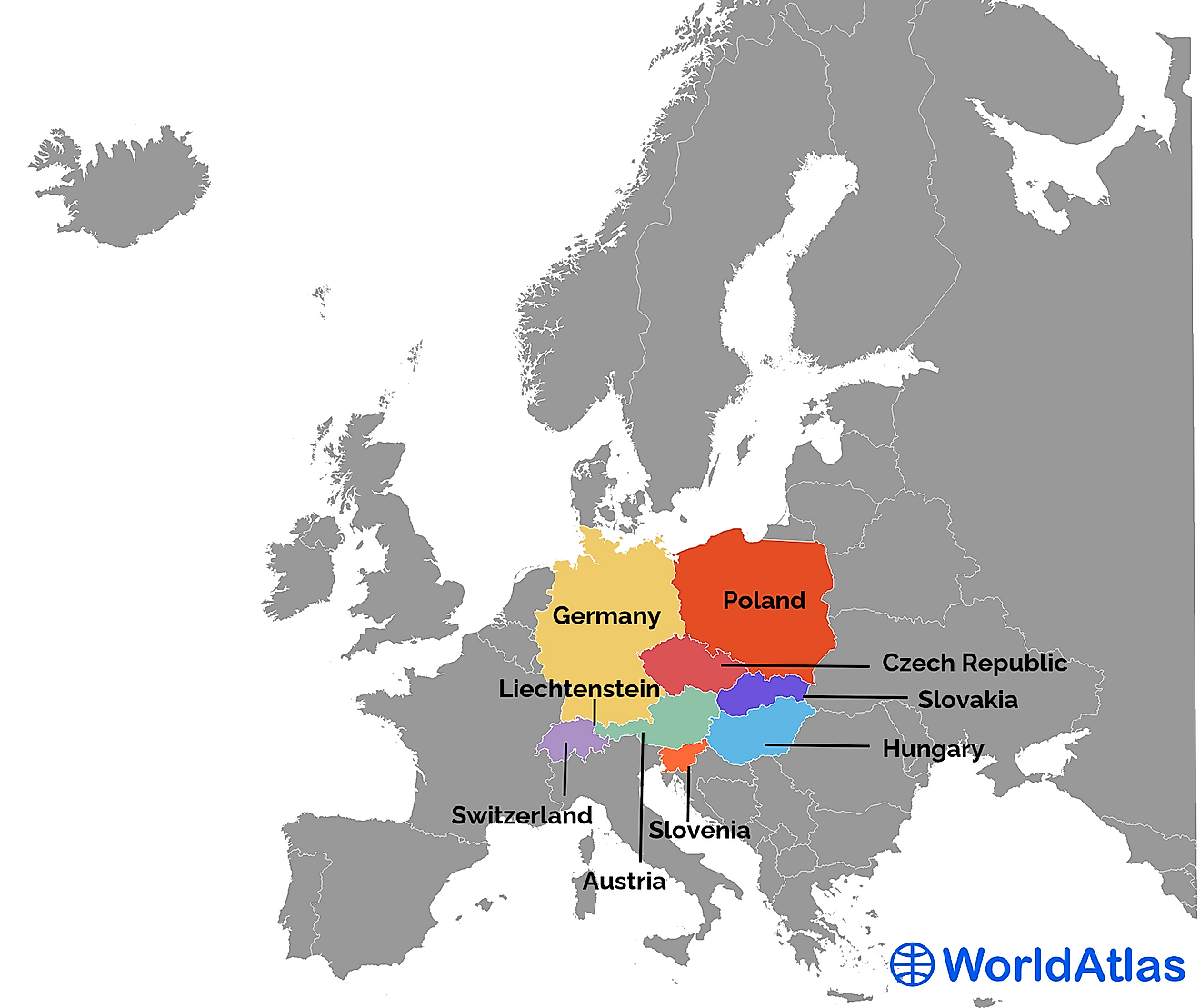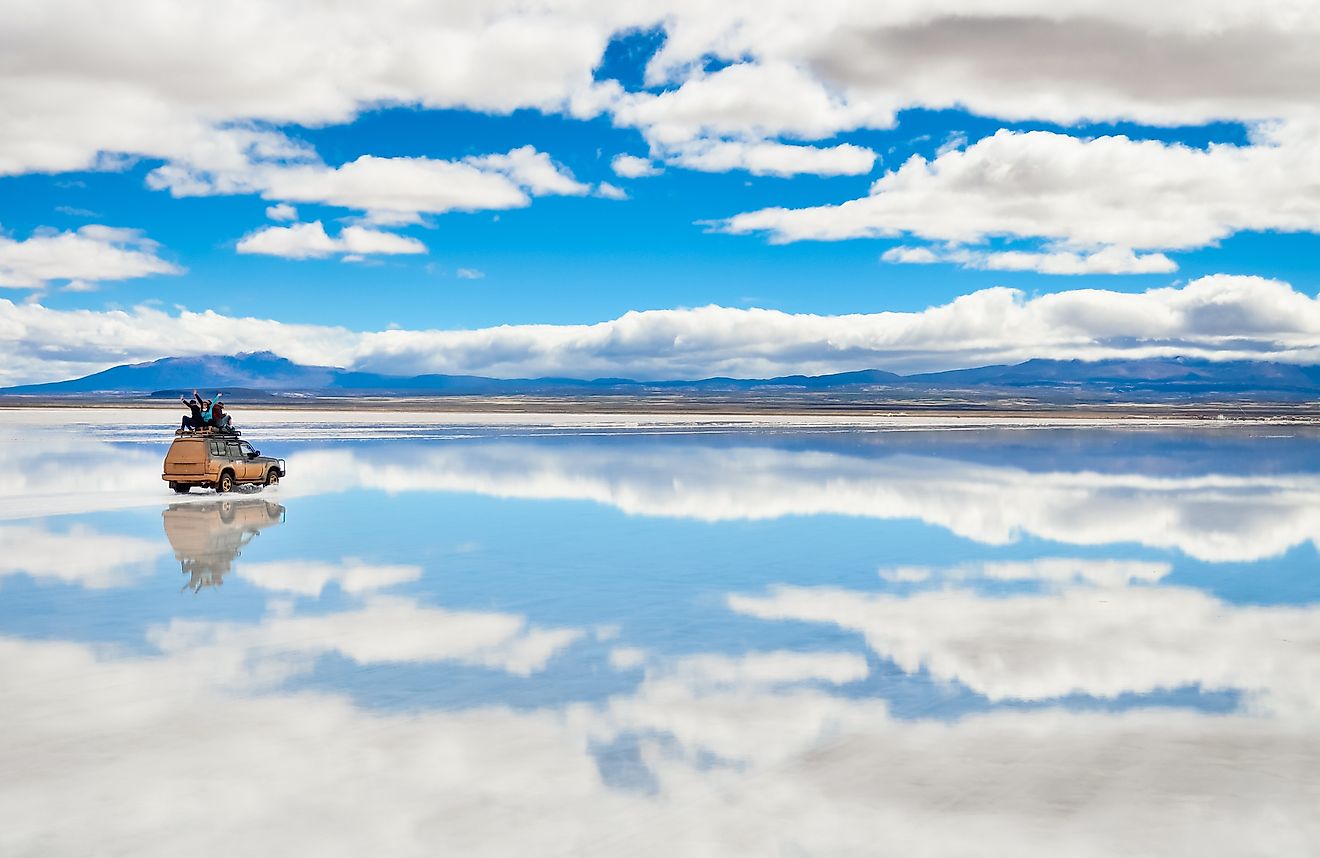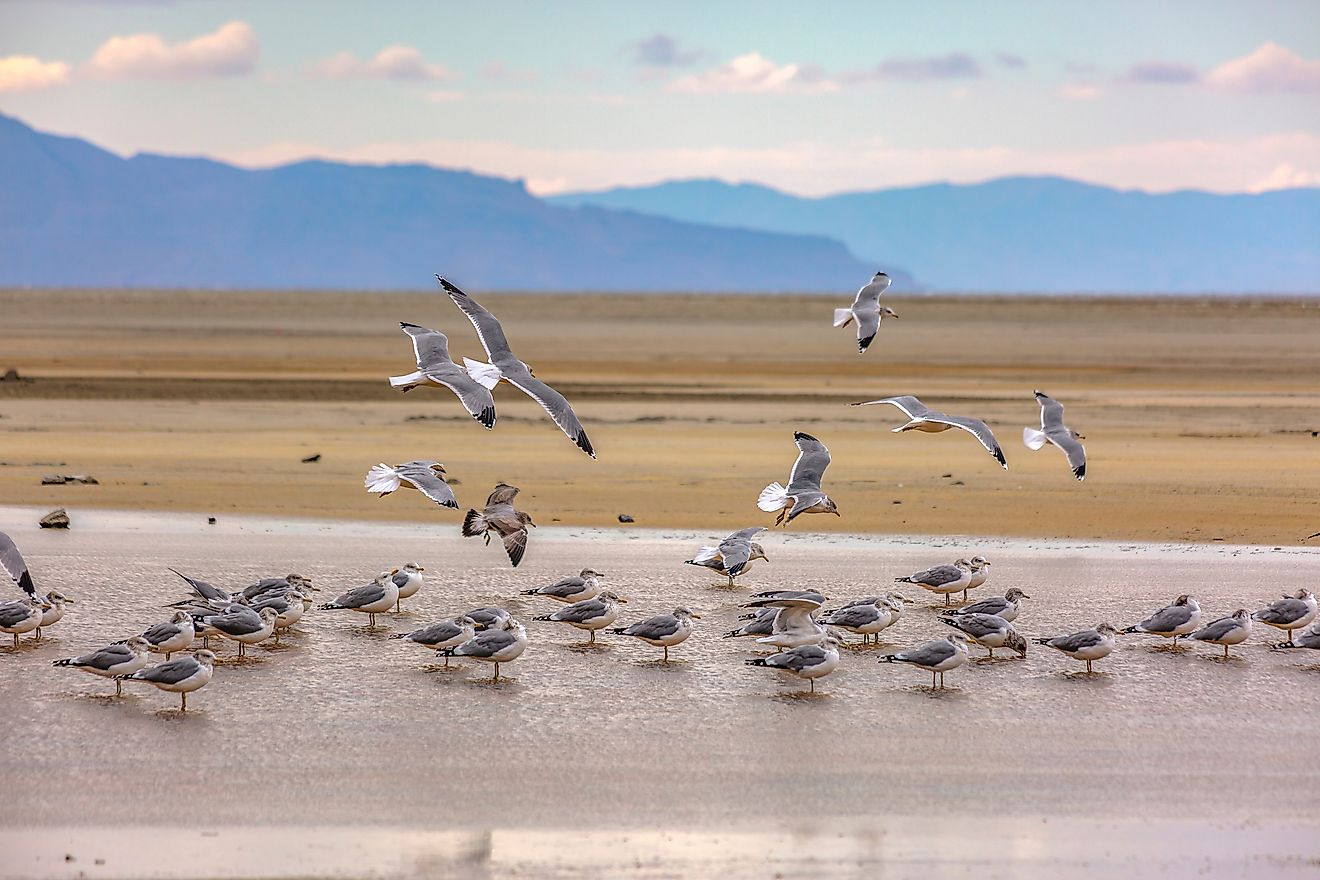How Do Populations Survive In The Tundra?
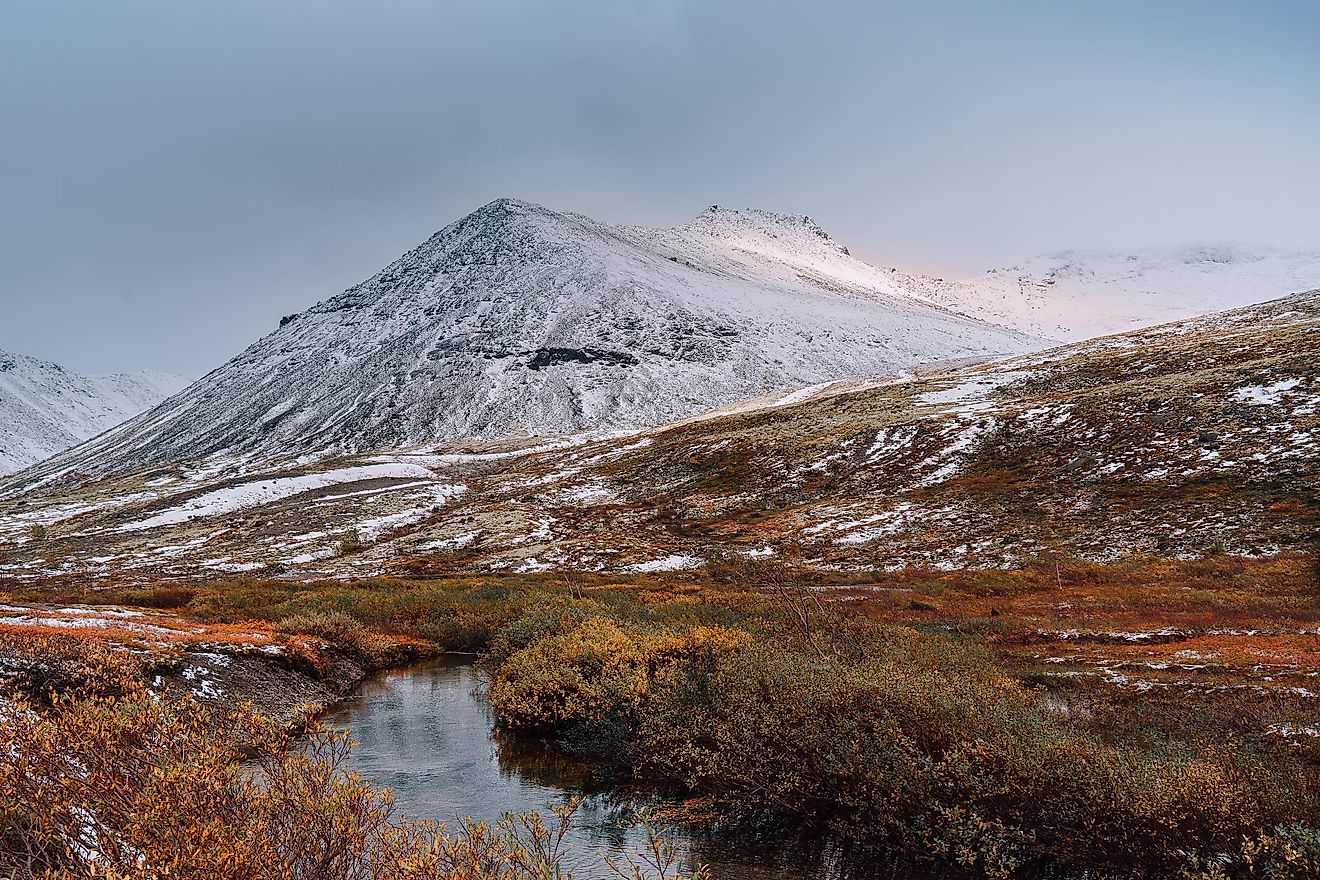
- People have lived in the North for thousands of years hunting for food, and living in winter and summer camps.
- The growing season in the North is only about two months long, with 24-hour daylight in some places, yet somehow some people farm.
- Clothing made of furs and seal skin have kept Indigenous people in the North warm for centuries.
The tundra is one of Earth’s coldest environments. Here, there are no trees, and the soil underneath the top layer is permanently frozen, day after day, season after season. The temperature in these Arctic regions averages between -30 to 20 degrees Fahrenheit (-34 to -6 degrees Celsius) and the growing season can be less than 60 days long. The sun shines for 24 hours a day during the warmest days.
Given all these characteristics, it can be easy to see how it would seem impossible for humans to live in the tundra, but they do, and they have for as much as 20,000 years. The Arctic areas in North America are home to the Inuit people, the Inu, Yupit, Yakut, and many non-First Peoples as well. Innovative uses of the environment have allowed people to survive here successfully, but modern times are changing the face of life in the North.
Transportation
Traditionally, First Peoples used sleds made from the bones and skins of animals pulled by packs of dogs to navigate their way over the tundra. These sleds could pull people as well as their belongings over the ice and snow with ease when conditions were good, and the dogs healthy. Inuit people also used kayaks for hunting on the water, and umiaq, larger boats, for transporting people, supplies, and animals.

Today, some Indigenous people still use traditional methods of transportation, but they are not widely relied upon. Trucks and ski-doos are used to get around, as well as other modern vehicles. Up until recently, there were no year-round roads that led from southern communities all the way to the far North. Those who wished to travel there in the summer had to do so by plane, which could be very costly. This limitation has also made food brought into the North from southern Canada very expensive for people in the North.
In 2017, the Inuvik-Tuktoyaktuk Highway in Canada's Northwest Territories was finished, changing this reality somewhat. It is now possible to drive all the way to the Arctic Ocean from down south, weather permitting, all year round.
Food
Traditional people living in the North survived for thousands of years on a diet of fish, seal, whale, walrus, and other Arctic animals. They also gathered small plants during the limited growing season. In Greenland, some people practiced farming, but this is not usual in the North due to the very limited growing season.
Today, people in the tundra still eat traditional fish and meat, but hunting is not the only way to get food. People’s diets have changed with Europeans coming into Northern areas, and food sold at grocery stores like produce, processed snacks, eggs, and other regular grocery items are available. Because these items have to travel so far to get to northern areas by truck or by plane, they are very expensive. The result is that food insecurity has come to light as a major issue for Inuit peoples. Statistics show that over 60 percent of children in Nunavut live in food-insecure households. Programs like FeedingNunavut are helping to address this problem.
Clothing
Traditional clothing in the North is made from animal furs and skins. Large thick coats called parkas along with thick boots are required to keep warm in the tundra’s icy cold, along with hoods, hats, mitts, and other protection. When low temperatures hit, being outside without proper clothing can endanger your life.

Hunters waiting for hours to catch their prey traditionally wore caribou-skin or polar bear-skin clothing, with the fur against their body, and the skin facing out. Wearing two layers of caribou skin is said to keep you warm in just about any conditions.
Today, First Peoples still make their own clothing from animal sources, but they also have access to clothing brought in from the South, and modern materials.
Shelter
Traditionally, people in the Arctic lived in igloos in the winter, which are domed huts made of bricks of ice and snow. Many families lived together and the community was important for companionship and survival. In summer, they would migrate to a summer camp and live in tents made of animal skins placed over a frame. This was to find continuous sources of food. In modern times, people in the tundra now live in buildings made from imported materials like wood and metal, and they tend to stay in the same place in permanent communities year-round.
